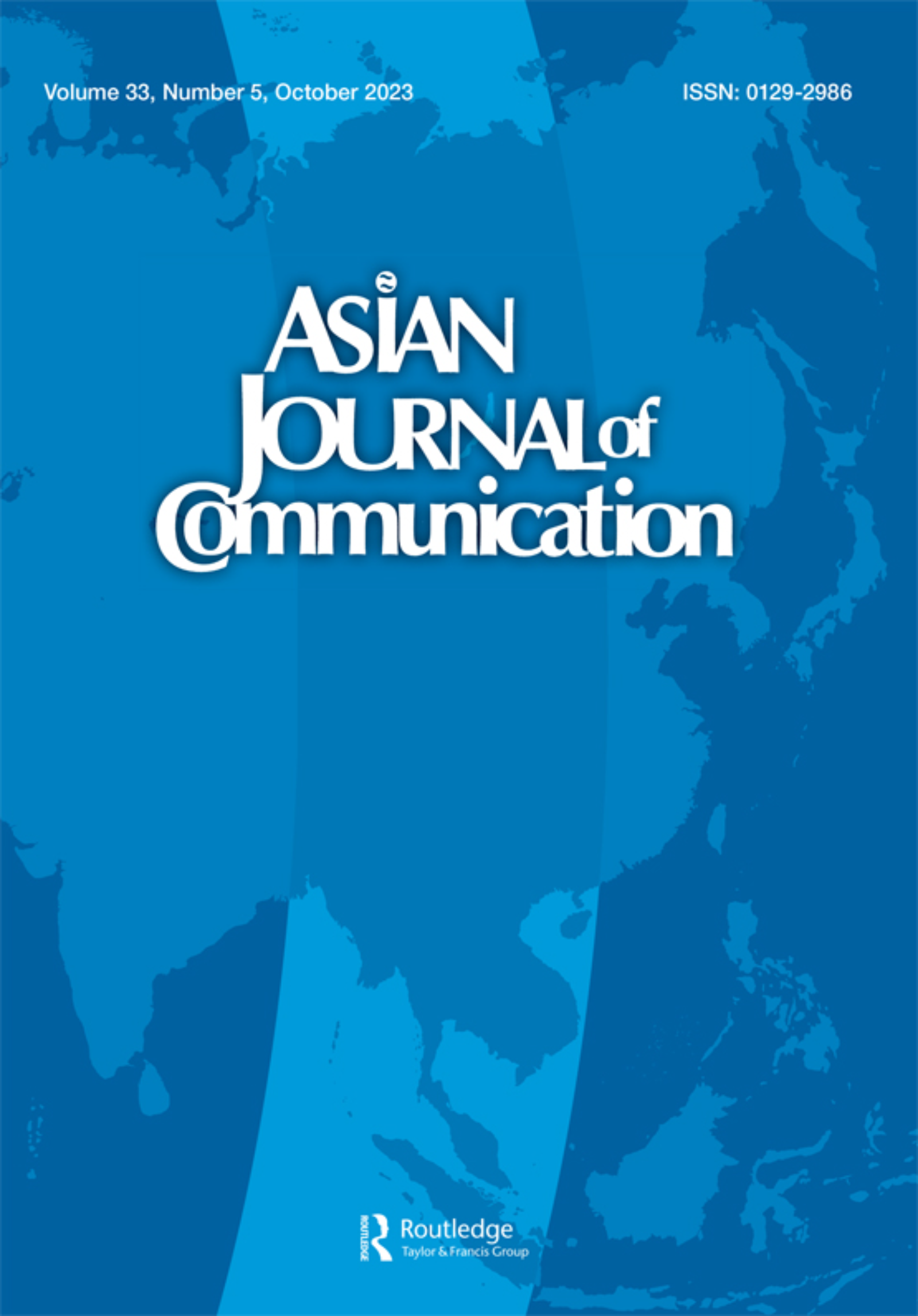Communications scholars Jennifer Zheng and Joseph P. Zompetti expand the scope of research in anti-Asian rhetoric in the US to then-US President Donald Trump’s tweets, in their academic article “‘I’m Not a Virus’: Asian Hate in Donald Trump’s Rhetoric,” highlighting how the rhetoric in Trump’s tweets pin blame and provoke hatred towards Chinese people and Asians for their supposed responsibility for the COVID-19 pandemic. The emergence of COVID-19 in the US led to a surge in incidences of hate against Asians in 2020 and 2021, with cases ranging from Asian American owned businesses being harassed with spam calls and vandalized, Asian Americans being called racial slurs, and even several cases of murder.
The authors identify Trump as one of the most influential spreaders of anti-Asian sentiment through his public statements on the social media site Twitter, where he repeatedly referred to COVID-19 as the “China virus,” “Wuhan virus,” or “Kung flu,” among other terms that connected the virus to China and Chinese Americans. His use of the Twitter platform further strengthened his authenticity and his image as a “voice of the people” (Zompetti, qtd. in Zheng and Zompetti 478), which popularized these sentiments among his supporters on Twitter. In view of the key role of Trump’s tweets in fostering anti-Asian hate, the authors adopted the technique of thematic rhetorical analysis of Trump’s tweets from March 2020 to January 2022.
The four major themes derived from the tweets were scapegoating, fear of the other, China bashing, and populist appeals. Trump’s tweets framed Chinese people as scapegoats for the COVID-19 pandemic, insinuating that the Chinese were at fault for the societal disruptions that resulted from the pandemic and policies to control it. One tweet asserts that “the onslaught of the Chinese Virus is not your fault! Will be stronger than ever” (qtd. in Zheng and Zompetti 482), with the word “your” indicating an “us vs. them” mentality and implying that it is “their” fault, “their” being Chinese people as suggested by the term “Chinese Virus.” In other tweets, he refers to COVID-19 as “the Plague from China” (qtd. in Zheng and Zompetti 487), and the pandemic as countries being “clobbered,” “hit hard,” and “badly hurt” by the “China virus,” addressing the virus with frightening and aggressive terms to evoke fear towards the Chinese as potential carriers of the disease.
Trump’s frequent association of China with COVID-19 and the enormous human cost it brought to the US paints China as the enemy, such as in this tweet, “We just made a great Trade Deal, the ink was barely dry, and the World was hit by the Plague from China. 100 Trade Deals wouldn’t make up the difference—and all those innocent lives lost!” (qtd. in Zheng and Zompetti 487). Additionally, Trump boasts his administration’s achievements in controlling the pandemic and improving the economy and frames himself as a savior with his tweets, further enhancing the persuasiveness of his claims regarding Asians and COVID-19.
The authors argue that Trump’s continuous use of anti-Asian rhetoric fuels his supporters’ hatred towards Asian Americans, and in turn shifts the blame for any negative consequences from the pandemic from his administration to the Asian or Asian American community in the US. The unique scope of their analysis offers insight into Twitter as a new platform of political expression, and how Trump contributed to a harmful COVID-19 narrative that paints China, Chinese people, and even Asians living on American soil, as enemies of non-Asian Americans. A worrying phenomenon that the authors observe is the low likelihood for Asian Americans to report hate crimes out of fear of retaliation towards themselves or their families, so this article serves the added purpose of generating discussion about Asian American experiences to shed more light on the impact of anti-Asian hate.

Image Captions:
Cover image of Asian Journal of Communication, vol. 33, no. 5.Citation: Zheng, Jennifer, and Joseph P. Zompetti. “‘I’m Not a Virus’: Asian Hate in Donald Trump’s Rhetoric.” Asian Journal of Communication, vol. 33, no. 5, 5 Sep. 2023, pp. 470–503. bit.ly/47hQrpc. NON-FICTION, SCHOLARLY ARTICLE | US. ll
Source Type: Scholarship on COVID-19 Studies
Country: US
Date: 05-Sep-2023
Keywords: Anti-Asian Sentiment, Donald Trump, Hate Crimes, Political Narratives of COVID-19, Rhetoric, Scapegoating, Social Media, Thematic Analysis, and Twitter